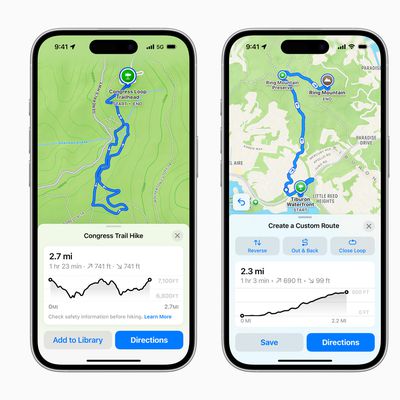Earlier this week, researchers from several universities published a report exposing a string of security vulnerabilities in iOS and OS X. The vulnerabilities, all labeled as XARA weaknesses, let malicious apps approved on the Mac and iOS App Stores gain access to sensitive data like passwords.
The report details several methods that inter-app interaction services can use to access everything from the Keychain and Websocket on OS X to the URL scheme on iOS and OS X, giving hackers access to sensitive data, including information stored within third-party apps like 1Password, Gmail, Facebook, Twitter, Instagram, Evernote, and more.
Following the release of the report, iMore's Nick Arnott and Rene Ritchie have taken an in-depth look at the XARA weaknesses in a series of posts on the subject, explaining exactly what they do, how they work on iOS and OS X, and the steps that you can take to protect yourself.
The first post from iMore gives a quick overview of what XARA is, explaining that it's a group of exploits that use malicious apps to gain access to secure information by inserting themselves into the middle of a communications chain or sandbox.
OS X, not iOS, is primarily affected by XARA exploits, and the malicious apps are able to be distributed through the Mac App Store and the iOS Store. After being downloaded, an app using XARA exploits waits to intercept data. Ritchie explains how it works:
For OS X Keychains, it includes pre-registering or deleting and re-registering items. For WebSockets, it includes preemptively claiming a port. For Bundle IDs, it includes getting malicious sub-targets added to the access control lists (ACL) of legitimate apps.
For iOS, it includes hijacking the URL scheme of a legitimate app.
iMore's second in-depth XARA post, written by Nick Arnott, goes into even more detail on the XARA weaknesses and details how to determine if you've been affected. On OS X, checking for malicious keychain entries is possible by opening the Keychain Access app, clicking on an item in the list, choosing "Get Info" and looking at the "Access Control" tab to see which apps have access to the Keychain item.
As detailed by Arnott, the only XARA exploit that affects iOS devices is the one that involves URL scheme hijacking, detectable by paying careful attention to apps that open via URL scheme, as they may look slightly different than the real thing.
All that said, you can help protect yourself from URL scheme hijacking if you're paying attention: When URL schemes are called, the responding application gets called to the foreground. This means that even if a malicious app intercepts the URL scheme intended for another app, it will have to come to the foreground to respond. As such, an attacker will have to do a bit of work to pull of this sort of attack without being noticed by the user.
In one of the videos provided by the researchers, their malicious app attempts to impersonate Facebook. Similar to a phishing website that doesn't look quite like the real thing, the interface presented in the video as Facebook may give some users pause: The app presented isn't logged in to Facebook, and its UI is that of a web view, not the native app.
Apple's known about XARA for several months, and according to the researchers who shared the vulnerability with Apple, the company does appear to have tried to fix it several times without success. Avoiding the exploit is relatively simple, as Ritchie and Arnott point out. Avoiding malicious apps can be done by downloading software only from trusted developers and avoiding anything that seems suspicious.
For those interested in learning more about the XARA weaknesses, iMore's overview post on the exploit and the site's more in-depth post are well worth a read.
Update: Apple on Friday provided iMore with the following statement regarding the XARA exploits:
Earlier this week we implemented a server-side app security update that secures app data and blocks apps with sandbox configuration issues from the Mac App Store," an Apple spokesperson told iMore. "We have additional fixes in progress and are working with the researchers to investigate the claims in their paper."




















